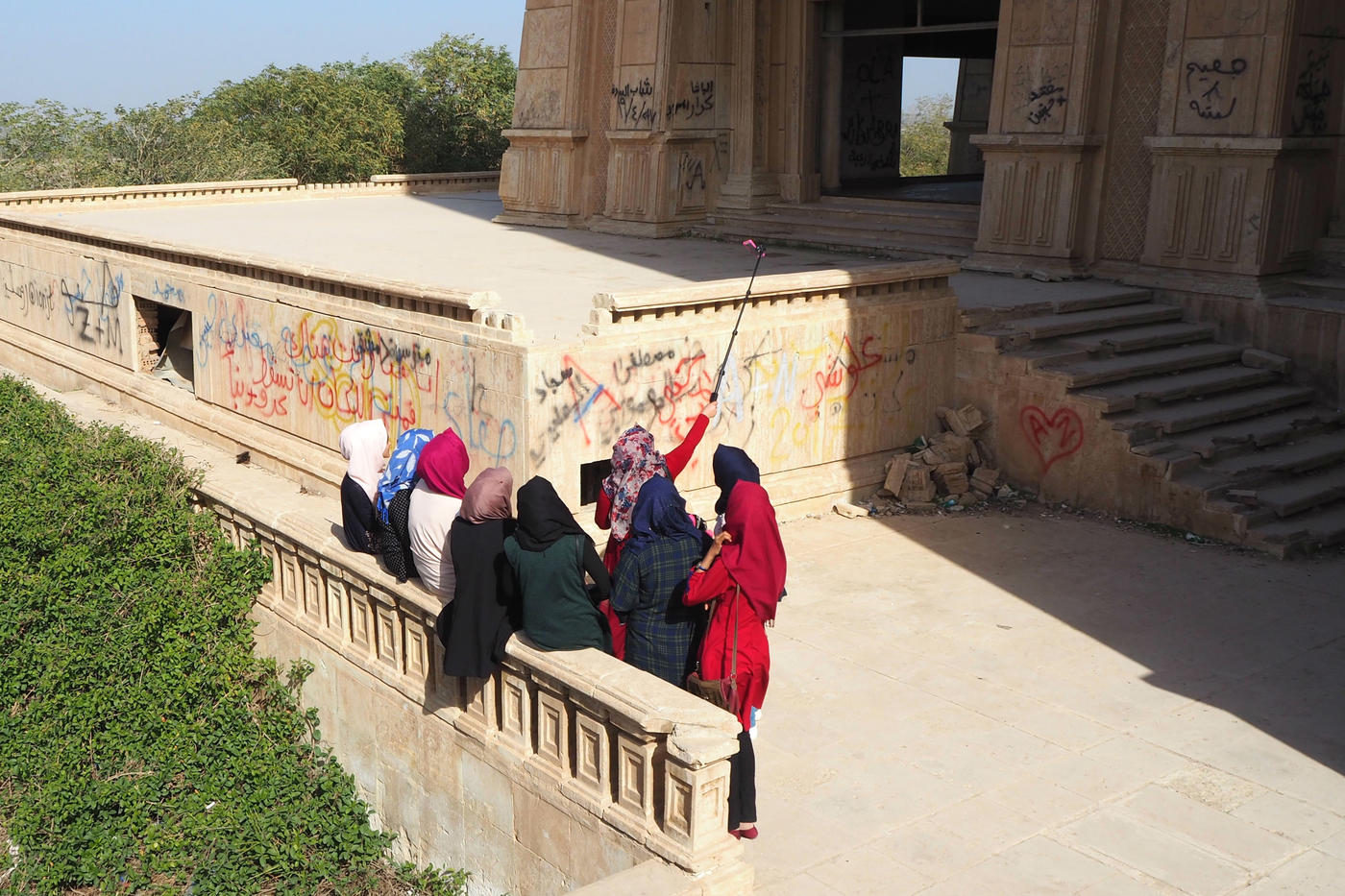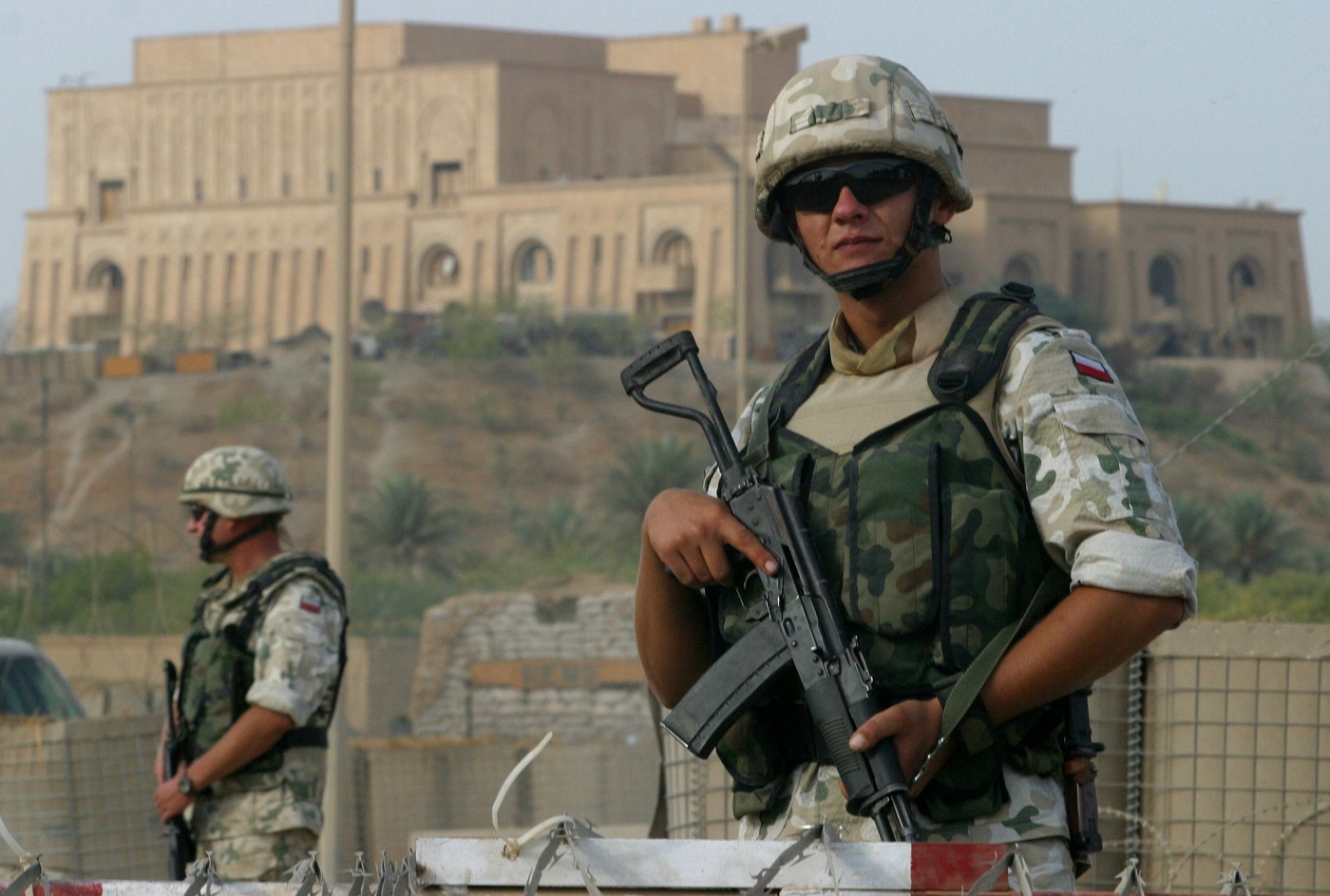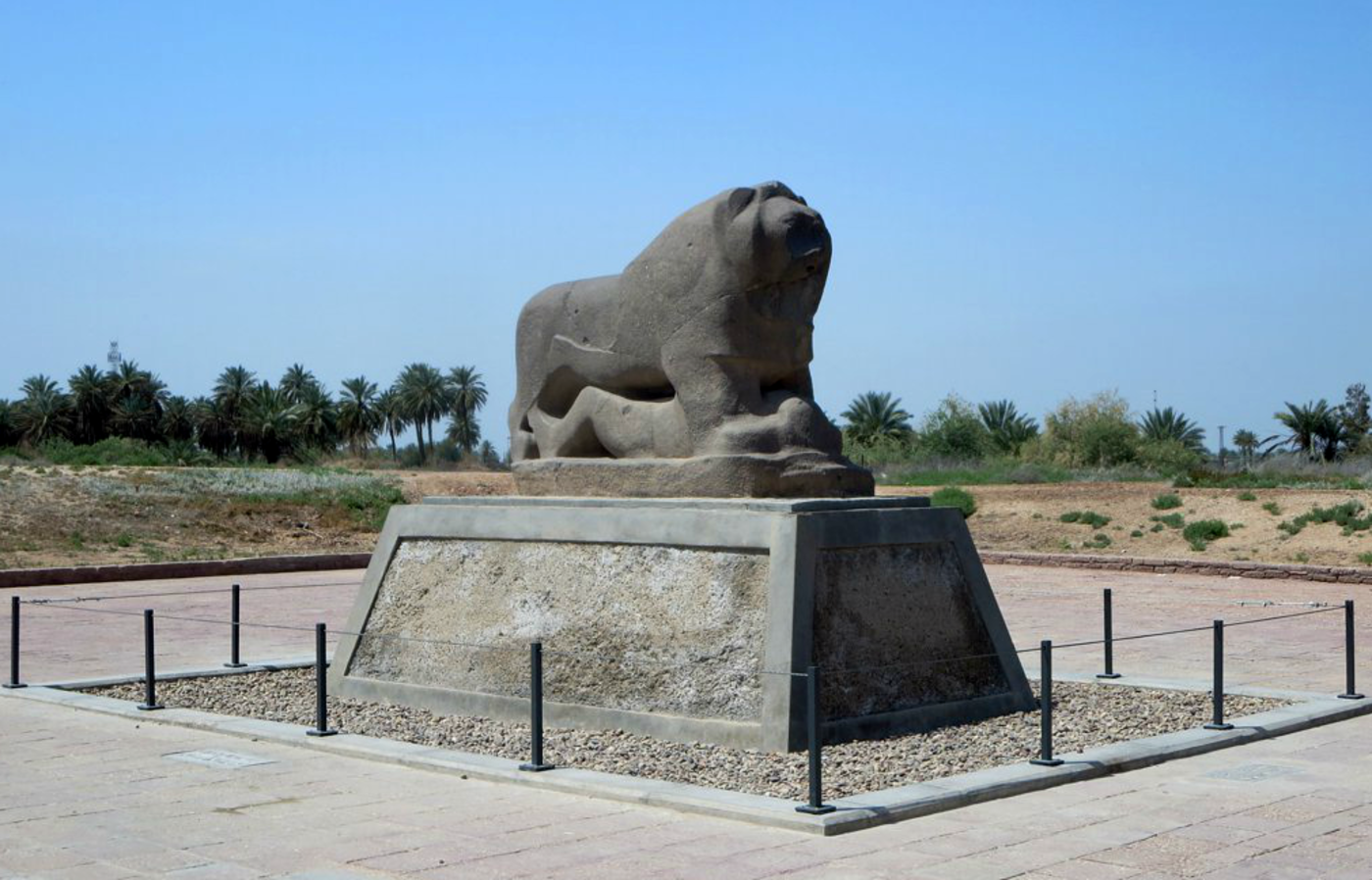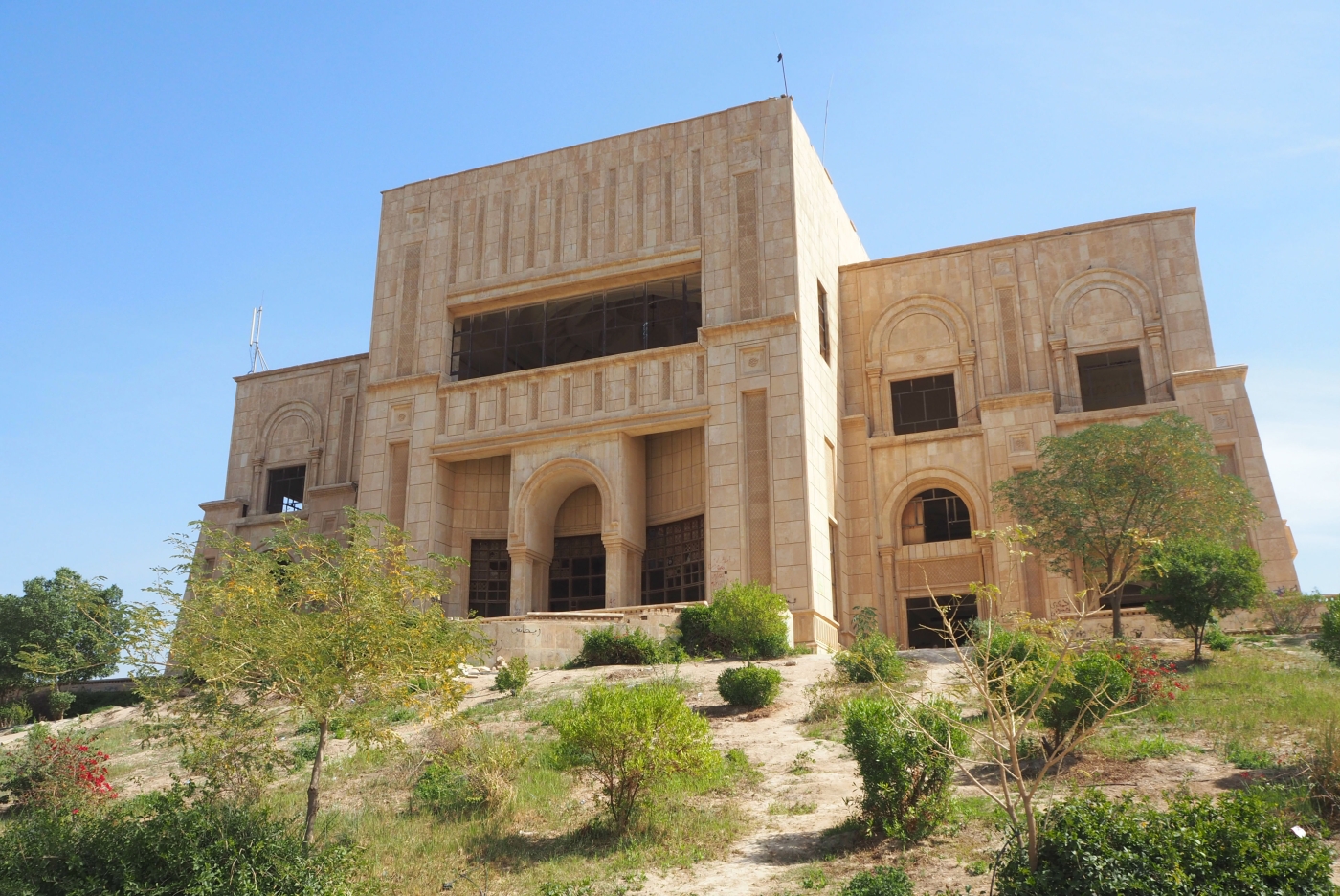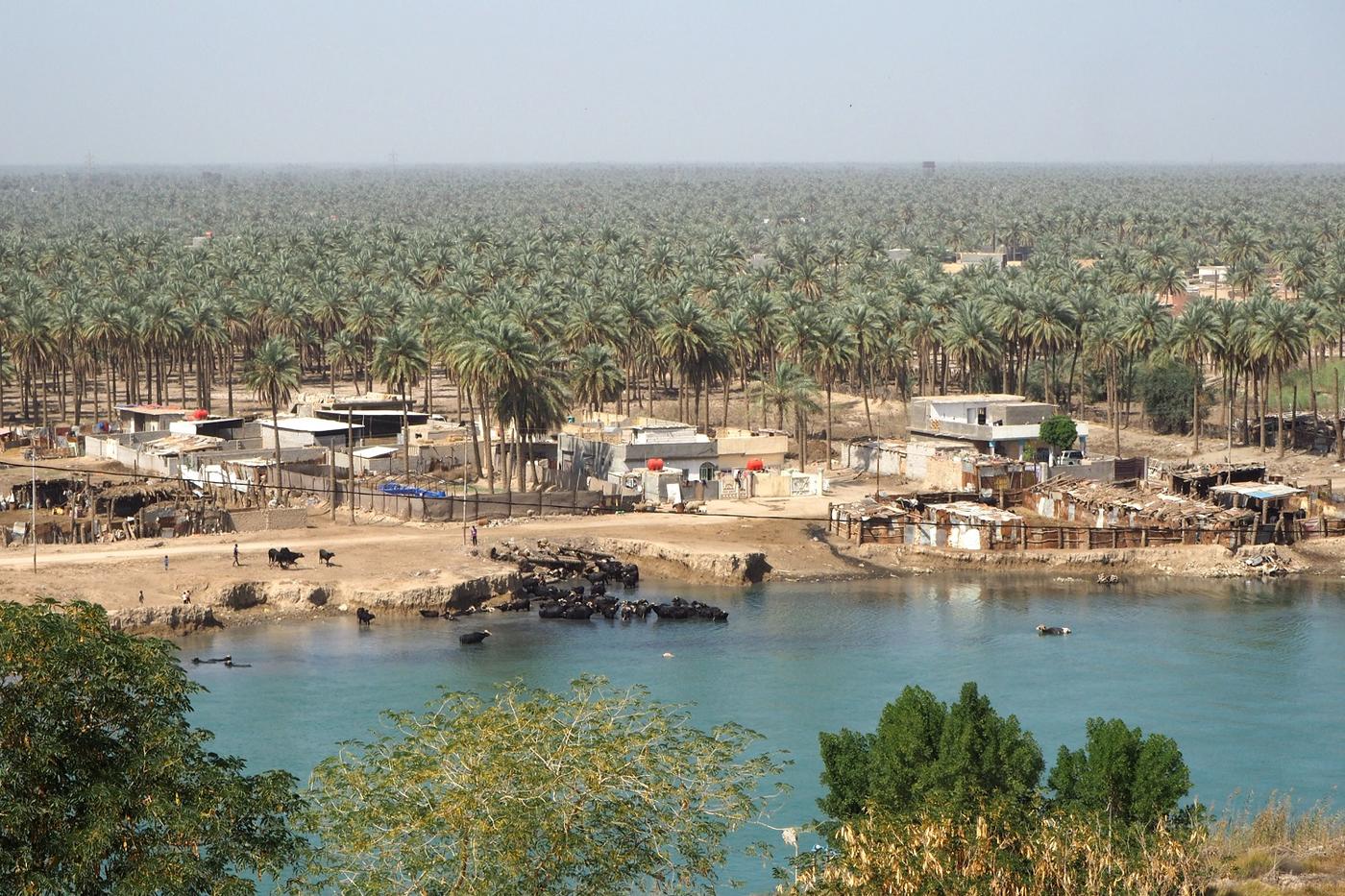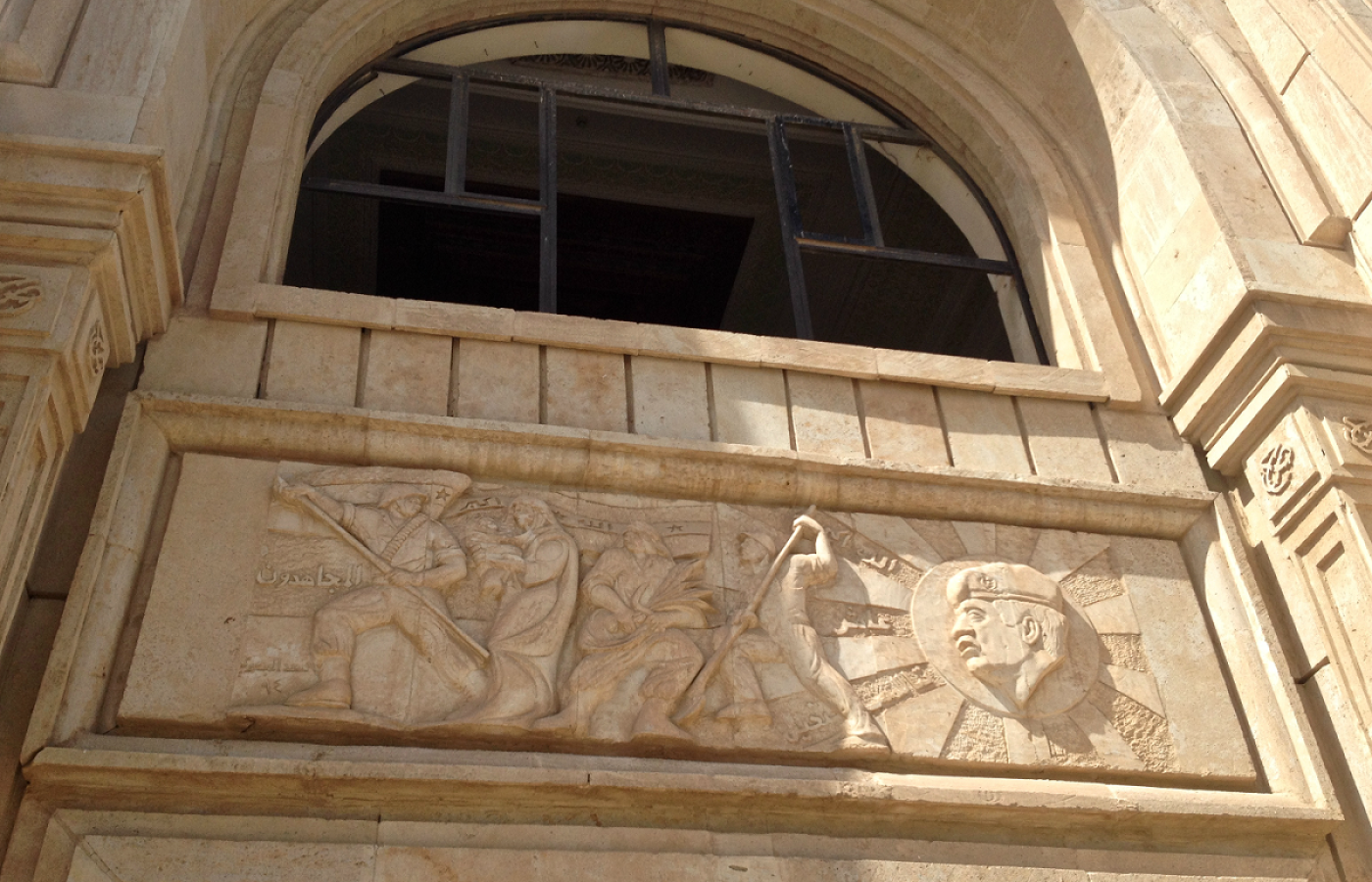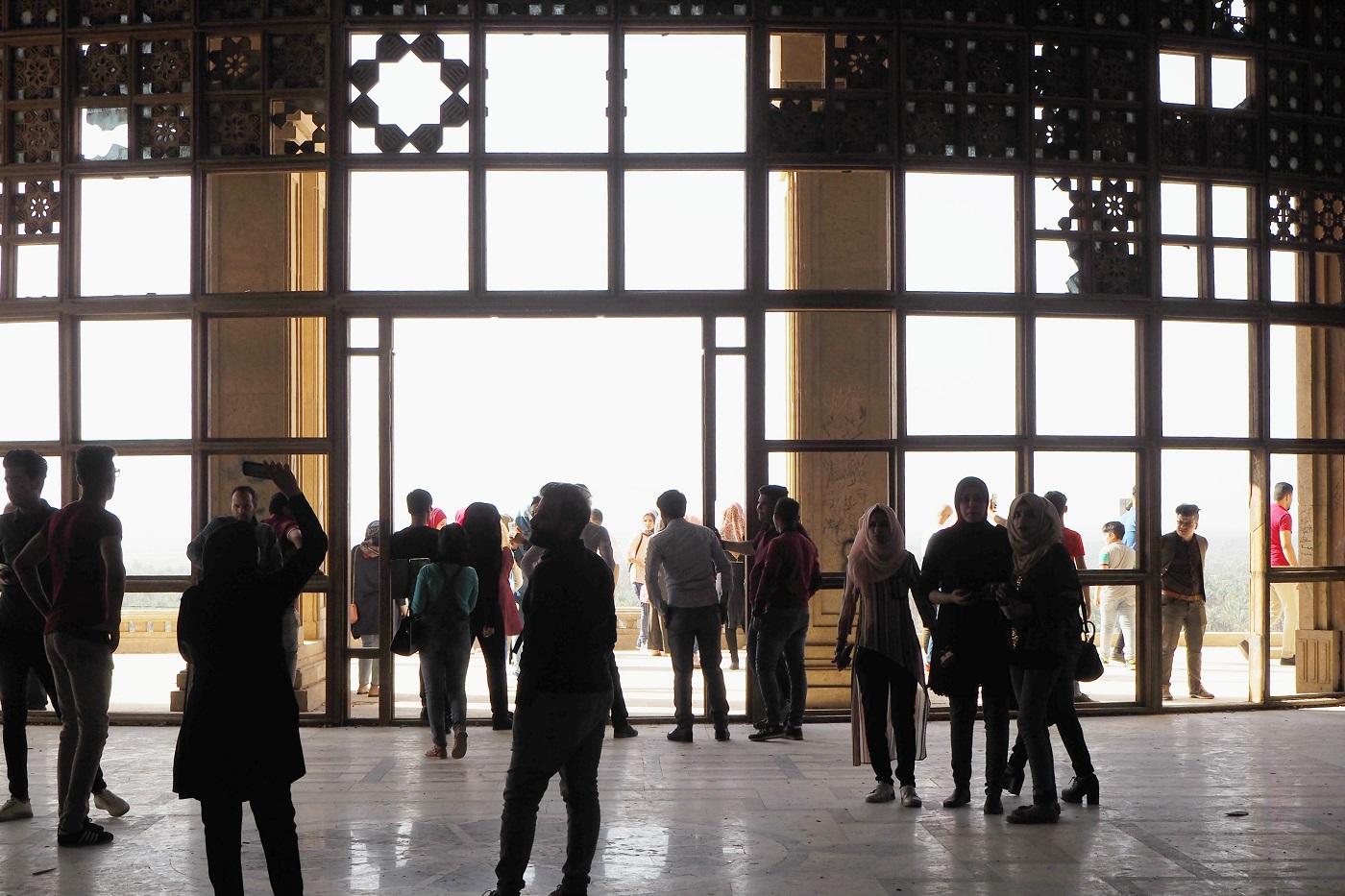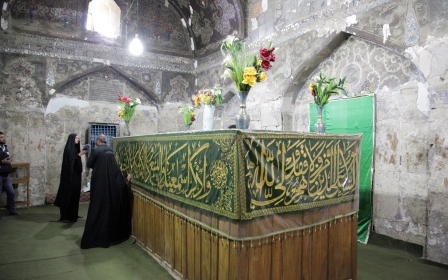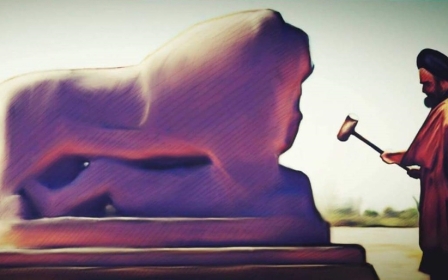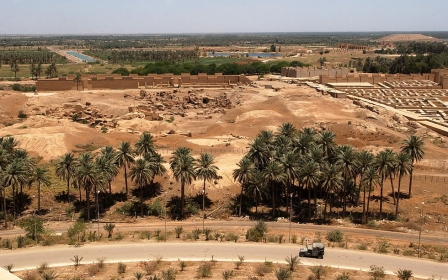Kissing in Babylon: The ancient site giving young Iraqis their freedom
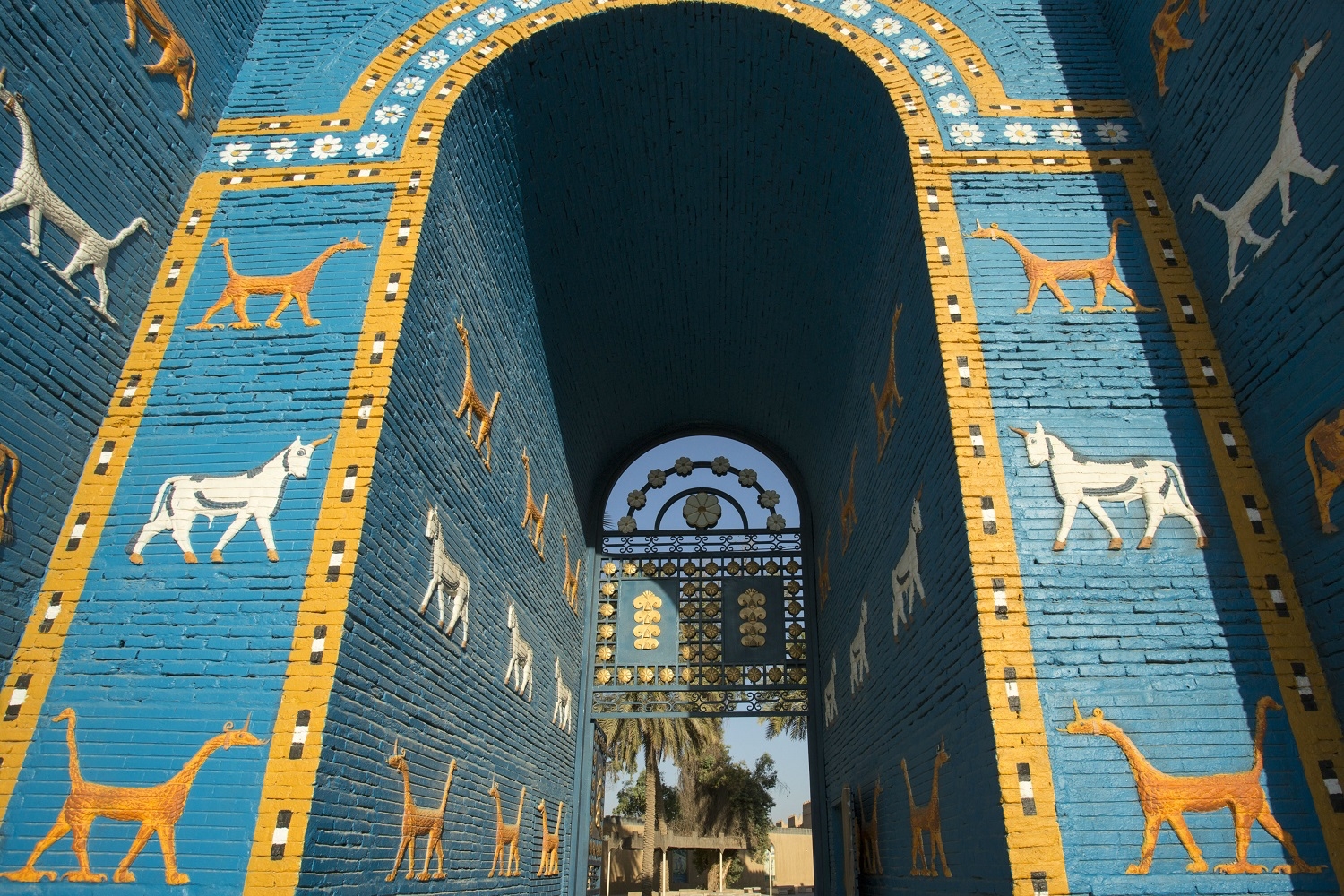
The heavily graffitied walls of Saddam Hussein’s summer palace echo with the sound of dance beats thumping from speedboat river-tours.
Sprawling beneath the complex, built in 1991, lie the remains of ancient Babylon. Founded almost 4,000 years ago on the banks of the River Euphrates, it sits alongside Saddam’s recreation of one of its ancient edifices.
After decades of campaigning, the site of what was once the largest city in the world has finally been recognised as a Unesco World Heritage Site.
But this historic gem mostly stands deserted, an excuse, rather than the purpose, for buses of young people to arrive from Baghdad, 85km to the north. They are mostly students, coming on what are ostensibly “culture” tours to visit the ancient remains.
New MEE newsletter: Jerusalem Dispatch
Sign up to get the latest insights and analysis on Israel-Palestine, alongside Turkey Unpacked and other MEE newsletters
The reality is that these trips let young people enjoy mixed company, escaping from the often strict norms of Iraqi society among the site’s river and gardens.
Ali al-Makhzomy is the co-founder and director of the Baghdad-based tour operator Bil Weekend. “Students generally ask for special tours, not mixed with families, and have different programmes,” he says. “It’s also very far from their families in Baghdad, so young Iraqis can feel free there.”
He is well aware of the freedom that its sprawling ruins offer. “Dating couples like it because they think they can hide between the walls of the maze and kiss there,” he says. “This is bad for the reputation of the site but it is one reason for its popularity.”
Ahmed Khaittan, 30, who lives in Babylon, says: “Young couples, including myself and my friends, are always seeking a nice place to have some quiet time together, but because of rules in Iraqi society, trying to have a normal date is like mission impossible."
Such mixed events have sparked concern among Iraq’s more conservative Muslims, who criticise activities involving mixed groups of men and women or music. But Makhzomy says that his company has not had direct problems.
“By law, they can’t stop the tours and, even though we have religious people, we also have open-minded people."
Babylon, site of legends
Babylon is one of Iraq’s most famous archaeological sites. Built in 1894 BC, its legendary hanging gardens were revered by the ancient Greeks and others as one of the Seven Wonders of the World, while its ziggurats (akin to a stepped pyramid) are cited by many as the inspiration for the biblical Tower of Babel. More than 70 percent of the site has never been excavated.
Today, it comprises the low, excavated ruins of ancient Babylon and one of three original Mesopotamian palaces that Saddam had rebuilt in 1987 at huge cost.
The idea was to interpret what the grand palaces of Nebuchadnezzar II would have originally looked like, as opposed to the squat mud-brick foundations that remained.
But the rebuilding upon the original walls horrified archaeologists and historians at the time.
The current culture and tourism minister, Abdulamir al-Hamdani, describes it as “Saddam’s Babylon” rather than an accurate reconstruction.
“We admit this was the wrong way to do conservation but it was a chaotic time in Iraq then, and it was done without external consultations,” says Hamdani, who trained as an archaeologist and lectured at the UK's Durham University.
It fell into neglect after the US-led 2003 invasion of Iraq. Further damage was inflicted by US and Polish soldiers who used it as a military base.
Yet the reconstruction is still visually impressive, allowing visitors to imagine how it might have looked in its ancient heyday. And, like Saddam’s own modern palace, it’s here to stay.
“We won’t be adding to existing construction or building a new Babylon,” says Hamdani, “but we will be doing urgent and corrective conservation work, where needed.”
The rebuilt version of Babylon dwarfs its excavated ruins. A guide leads visitors on a tour through a surprisingly cool maze of sand-coloured walls. He explains that any intruders invading the palace complex thousands of years ago would have been confounded by dead ends.
Meanwhile, palace archers would run nimbly along the top of the walls, targeting confused enemies with arrows.
Further inside, the rebuilt walls are decorated with mythological beasts depicted in relief, some lined with long-abandoned scaffolding. Original lower wall sections, some with clay tiles bearing cuneiform writing - the first known writing in the world - still have their original bitumen cement crumbling blackly from crevices.
But one original feature still impresses: the "Lion of Babylon" statue. Built under Nebuchadnezzar II circa 605-562BC and restored in 2013, it is often used as a national symbol of Iraq. The black basalt carving, weighing some seven tonnes, depicts a human lying beneath the paws of the lion.
“He represents the weak,” says the guide with a proud smile on his face.
How Saddam sought glory
When Saddam Hussein was in power, his modern palace and gardens at Babylon were out of bounds for ordinary Iraqis. Now they attract visitors from across Iraq, apart from during the heat of the summer months, when temperatures can tip 50 Celsius (more than 120 Fahrenheit).
Youngsters also seek out the expansive remains of Saddam’s summer palace, built in the style of a ziggurat on a man-made hill, and its surrounding gardens. They wander through the deserted graffitied halls, posing for selfies on abandoned marble staircases or leaning from balconies.
Security personnel occasionally appear to instruct visitors to remain on the ground floor, but there is little to prevent explorations of the palace. From its broken windows stretch views across the Euphrates, where cattle cool off in the water towards expansive palm plantations.
On the exterior palace walls, an image of Saddam’s face - carved in relief in the centre of a sun, with nationalistic slogans radiating out between the rays - remains unmolested, 13 years after his execution.
The walls are still studded with bricks depicting Saddam’s initials, imitating a construction idiosyncrasy of Nebuchadnezzar II - his initials featured on the bricks of ancient ruins across Iraq. (While these are still visible in Hatra, another UNESCO World Heritage site, most from ancient Babylon have been stolen as souvenirs.)
For more than a decade, the palace prevented Babylon receiving recognition from Unesco as a World Heritage Site. “Saddam’s Palace was a huge issue for years,” says Hamdani. “There’s no way to avoid it or remove it because it’s there.”
Plans floated by the local authorities to transform it into a hotel were stalled by antiquities’ laws. Unesco has instead accepted a proposal to turn the palace into a museum and cultural centre.
Will the tourists come?
The hope among tour operators like Bil Weekend is that the Unesco recognition will further boost Iraqi tourism, which has been gradually developing since 2017 when the country’s security situation started stabilising.
Babylon has been given a new lease of life by Iraqi tourists, reportedly now attracting up to 3,000 visitors each year.
Makhzomy hopes international tourists will soon start returning, once key hurdles - including obtaining visas, negative international perceptions of Iraq and poor countrywide infrastructure - are overcome.
Baghdad has pledged an annual $49m for the next five years to regenerate Babylon, but for Hamdani, it is just the beginning.
“My message to the international community is that preserving and protecting Iraq’s cultural heritage is a global task because it is the heritage of all humankind, and now is the time to start that journey,” says Hamdani.
There are already 20 international archaeological missions working in Iraq, but he says that more would be welcomed. Hamdani hopes that regenerating Iraq’s cultural sites will boost its tourism potential.
“Tourism and culture is the best bridge between nations to increase understanding,” says Hamdani. “The media only shows one side of the coin, but I want people to see the real Iraq which cannot be seen in the media.”
But the young people from Baghdad and elsewhere need no encouragement to come to Babylon.
At the bottom of a hill from Saddam’s Palace, a stretch of barbed-wire has been trampled flat. At this unofficial back entrance lurks a softly-spoken Iraqi, who has the dual task of guarding the ruins and providing tours to visitors.
“He’s here watching out for couples trying to find somewhere quiet to kiss because couples often come here to be alone,” says Ali, a local resident.
Ahmed Khaittan adds: “You just need space far away from the eyes of others to take a moment to look, talk, extinguish the fire of missing each other and kiss. Places like Babylon give us a small opportunity.”
This article is available in French on Middle East Eye French edition.
Middle East Eye delivers independent and unrivalled coverage and analysis of the Middle East, North Africa and beyond. To learn more about republishing this content and the associated fees, please fill out this form. More about MEE can be found here.


